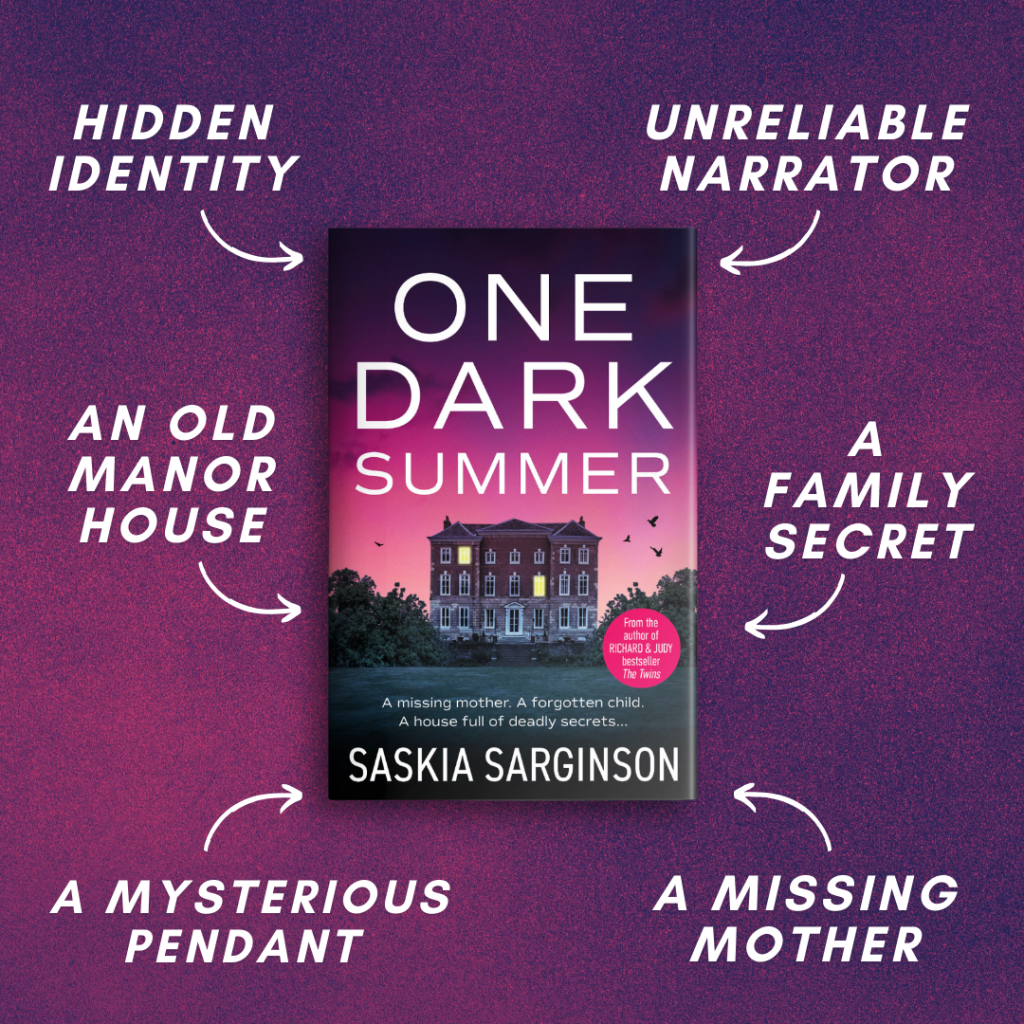I love novels set inside a house. The environment immediately creates a sense of claustrophobia, or at least, confinement, and the house itself becomes another character in the story. Think of Thornfield Hall in Charlotte Bronte’s Jane Eyre or Manderley in Daphne du Maurier’s Rebecca. Thornfield Hall is an isolated, gothic manor permeated by a gloomy atmosphere that reflects the mood of Mr Rochester before he falls in love with Jane. And Manderley is a beautiful house, run by staff, filled with gracious objects that tell of the exquisite taste and sophistication of Rebecca, Max de Winter’s first wife, making our heroine, the new Mrs de Winter, feel inadequate in comparison. Everything in the house is still just as Rebecca wanted it, creating a feeling that the dead wife remains in control.
Sometimes the house in a story even stars in the title, like The House of the Spirits (Isabel Allende) and The Dutch House (Ann Patchett) to name just two.
From a hut on a mountain, to a cottage on a prairie, to a grand mansion on a country estate, the sort of house used as the setting will dictate what kind of characters inhabit it and, probably, the genre of story. The description of a dilapidated house can be used metaphorically to illustrate the crumbling nature of the relationships of those inhabiting it. A city high-rise flat can illustrate the sense of entrapment or loneliness a character is experiencing. Having locked rooms or hidden spaces in a house can be used metaphorically or physically to hide secrets. The position, size, décor, light, temperature and state of repair of the house all work to create a certain atmosphere. A house can be a symbol of status and wealth like the stately home in Evelyn Waugh’s Brideshead Revisited; it can be a gilded cage, like Gatsby’s mansion in F. Scott Fitzgerald’s The Great Gatsby, a house of horrors, like Dracula’s castle, or even a portal to another world, as in C.S Lewis’ Narnia novels, or Little, Big by John Crowley. If the novel is a family drama or comedy, the house could be a homely, straight-forward place, but it will have been carefully designed by the author to feed the mood of the story.
By setting a novel in a house, a writer allows readers to live with its inhabitants, the characters of the story, seeing them in a domestic, social setting, watching them interact with each other, getting to know them well. Confining the story within four walls narrows the perspective, focusing readers’ attention, in much the same way a stage play does. Everything becomes amplified in this environment – details become magnified; conversations highlighted.
If the book is a crime or mystery novel, this closed cast of characters can easily become a closed cast of suspects and/or victims. A house story is another version of the ‘locked room’ mysteries made famous by writers like Agatha Christie. ‘Locked rooms’ don’t have to be literal, they can be any confined, isolating location, like a train, a boat, an island or a house.
In One Dark Summer, Meg goes back to Deben Manor, the house she lived in as a child the summer her mother disappeared, and her uncle drowned. In some stories the house in question might be an obvious gloomy mansion that signals danger from the outset, or it could present itself as a comfortable, family environment, so that when something terrible or suspicious happens, the juxtaposition between surface appearance and the crime or suspicious event is even more unsettling and confusing. This is the kind of house I chose for One Dark Summer.
Deben Manor is a large, beautiful house that’s always been a family home, full of airy light, works of art, animals and children. It’s not an obviously scary place – but Meg comes to realise that nothing is what it seems as she begins to unearth lies and mistrust the intentions of her cousins. Not only that, but there’s a locked room in the attic, and despite what her cousins say, Meg knows there’s someone in there.

